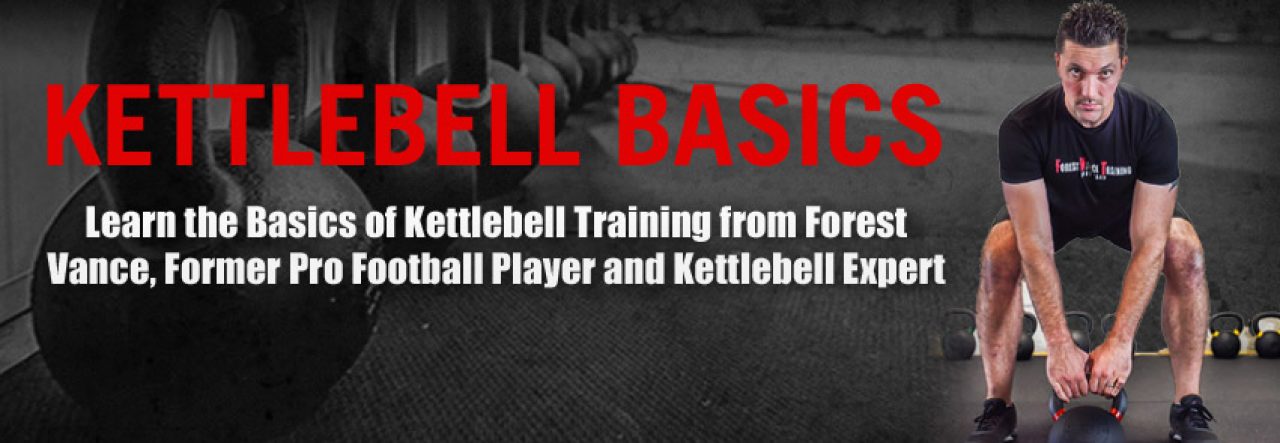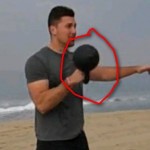I’m going to cover another common mistake with the kettlebell Swing and how to fix it in today’s article; but first, a quick personal story that I think illustrates really well the idea (covered in part one of this post series) of learning a skill correctly the first time:
During my football career, a typical ‘work’ day in the off-season consisted of a workout, a no-pads practice/ walk-thru type session, and maybe watching a little film – we were done for the day by one or two pm. I had more free time on my hands than I do these days – so a few times a week, I’d fill my afternoon by playing golf.
Since I started working ‘for real’ (although I still don’t consider what I do for a living ‘real work’) about six or seven years ago, I haven’t played much golf at all. But business is good, my systems are getting dialed in and I’m starting to get a little extra free time to actually do some fun stuff – so I’m getting back into it. And this time, I want to learn the right way.
That being said, I decided to take a few lessons – and it turns out my golf swing is totally jacked up. By learning the wrong way and developing bad habits the first time around, it’s going to take much longer to fix than if I had taken the time to learn things right from the beginning.
Point is – if you’re still at this beginning learning phase (like I am in my golf game) with your kettlebell training, do yourself a favor and take the time to learn the right way now – you’ll save yourself a lot of wasted time and effort in the long run.
Now – on to Kettlebell Swing mistake #2:
This mistake involves a Squat and Front Raise Pattern – vs. the correct ‘hip-driven’ Swing where the arms account for maybe 10-20% of the movement.
Here’s a video where the demonstrator is attempting a kettlebell Swing (although they’re actually using a dumbbell) – but from a movement perspective, it’s a great example of what not to do (sorry man, I don’t know you, no offense – your Swing instruction just kinda sucks 🙂 ):
So, to fix this:
1. Think of ‘hike passing’ the ‘bell behind you as it comes back
Instead of squatting down and raising the kettlebell up in front of you, think about hiking it back and snapping it up. The bottom of the ‘bell should actually face the wall behind you or pretty close to it when the KB is hiked back.
2. Think of the arms like ropes
The lower body is what drives the movement; the arms, in a way, are just ‘along for the ride’. A good drill to perfect this is the towel Swing from Enter The Kettlebell. You just do your two handed Swings with a towel wrapped around the horn of the ‘bell and grabbing the ends of the towel; to maintain tension on the towel through the entire movement, you have to use your hips and direct energy efficiently to the ‘bell. It’s a great drill because it’s very self correcting.
Remember, learning a new skill the right way the first time around will save you a lot of wasted time and effort in the long run. This applies as much to the kettlebell Swing as it does to any other skill; and one of the most common mistakes with the kettlebell Swing is the Squat and Front Raise error. Take the tips in this article to correct this common flaw – and I’ll see you next time with the final installment of the ‘Kettlebell Swing Mistakes And Fixes’ series!
Forest Vance, Russian Kettlebell Challenge Certified Instructor
P.S. My new monthly kettlebell workout membership program is almost finished – the first month’s workout is written up and filmed, and we’re putting together all the final touches right now to make sure the program is even better than advertised. Keep an eye on your email inbox for details – and make sure to sign up for my weekly newsletter if you haven’t yet to get first news of when we open the program up to the public!


